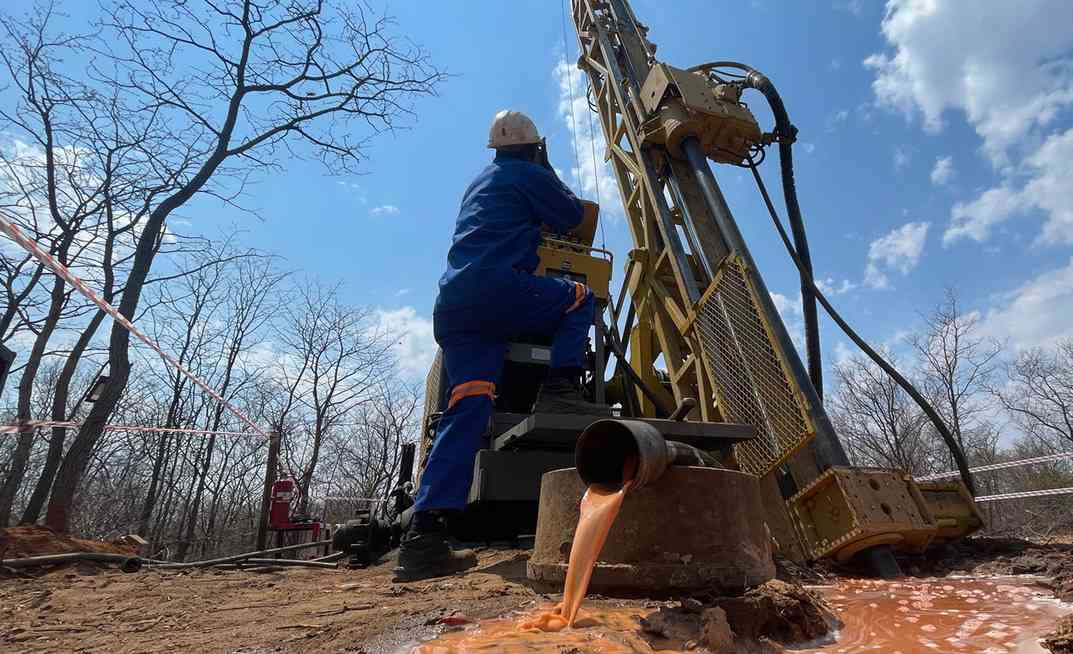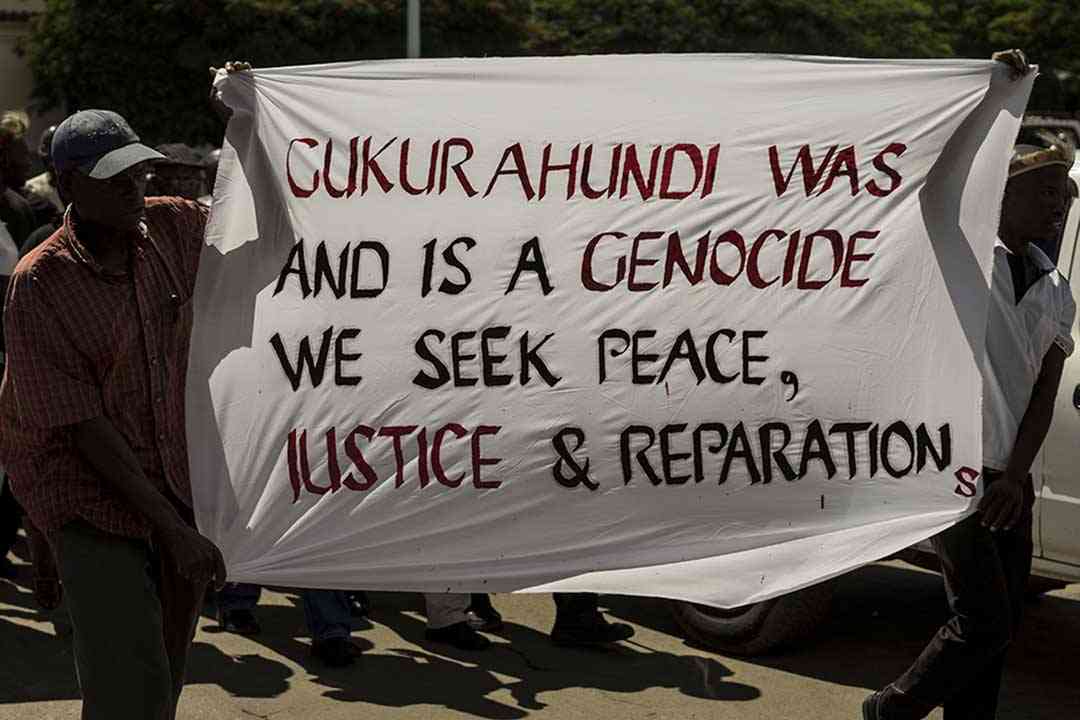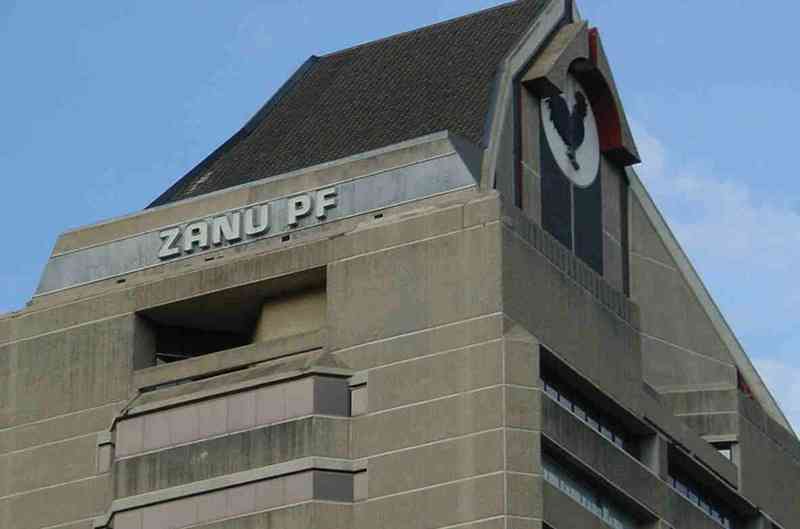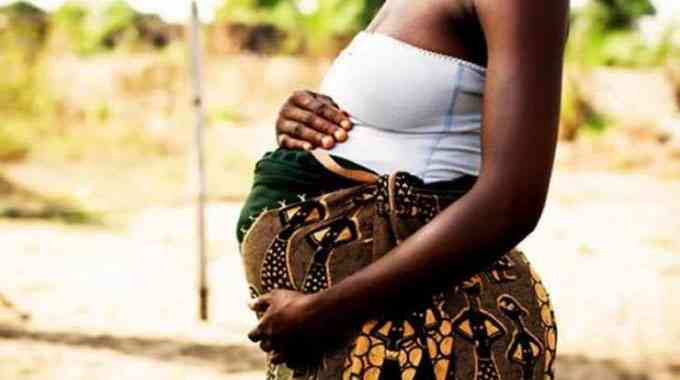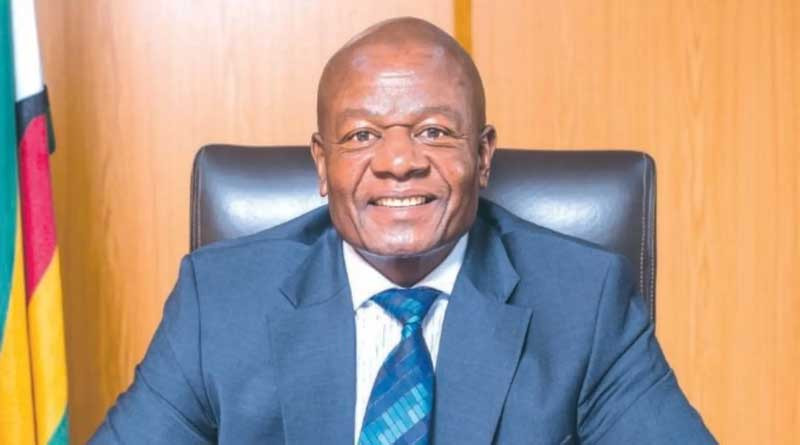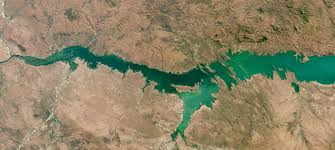
THE Southern African Development Community (Sadc) says the low water levels at Kariba and Cahora Bassa dams due to low rainfall underscores the urgent need for climate-resilient energy strategies.
In its latest Agromet update, the regional bloc said there was need to enhance water resource management to safeguard regional energy and food security under increasing climate variability.
This comes at a time when Zimbabwe is experiencing crippling power cuts, with some areas going for several hours without electricity as a result of antiquated power stations, an El Niño-induced drought and a myriad of other challenges afflicting the investment-starved southern African nation.
Government has since rolled out six-to-12-hour power cuts. Zimbabwe at its peak requires at least 2 200MW.
“The 2023/24 El Niño-induced drought, coupled with consecutive low rainfall seasons in the Zambezi River Basin, has led to critically low water levels at Kariba Dam — the primary hydro-electric power source for Zambia and Zimbabwe,” Sadc said.
“Monitoring bulletins from the Zambezi River Authority indicate that the reservoir level remains slightly above its minimum operating threshold, at 3% of its full supply capacity.
“This situation has resulted in widespread load-shedding in both countries, severely disrupting irrigation and other agricultural operations reliant on electricity.”
“Zambia’s installed electricity generation capacity is 83% dependent on hydropower, while Zimbabwe, as of January 10 this year was obtaining about 20% of its currently available electricity supply from Kariba Dam.
- ‘We haven’t ruled out US$ salaries’
- Parirenyatwa Hospital cornered over nursing staff negligence
- New perspectives: Why Southern Africa is facing an energy crisis
- New perspectives: Why Southern Africa is facing an energy crisis
Keep Reading
The Cahora Bassa Dam in Mozambique has also been adversely affected by the 2023/24 El Niño-induced drought.
The National Directorate of Water Resources Management noted that dam levels dropped to approximately 20% of full capacity as of early January 2025, marking the lowest levels in at least 30 years in Mozambique’s history.
“As the primary source of Mozambique’s electricity generation and a critical contributor to the Southern African Power Pool, Cahora Bassa supports electricity exports to seven Sadc member States, namely Botswana, Eswatini, Lesotho, Malawi, South Africa, Zambia and Zimbabwe,” the regional bloc said.
Sadc said the January-to-April 2025 rainfall, forecast as normal to above normal, may partially improve reservoir levels, however, adding that low confidence in global forecasts added uncertainty regarding the extent of recharge.

